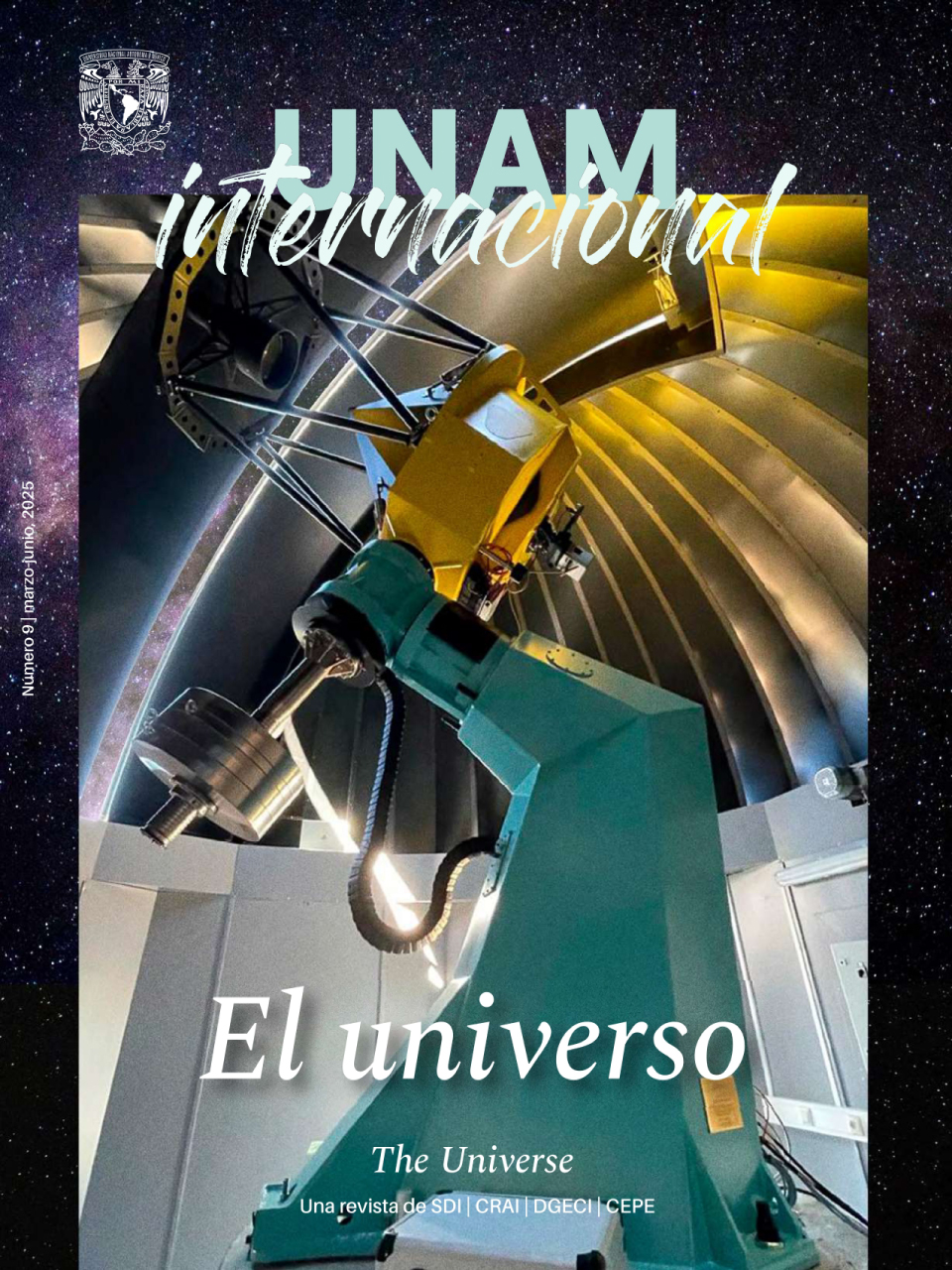31-03-2025
Exploring from beyond Our Atmosphere. Large Collaborations and Space Telescopes
Since the frontier of astronomy facilities was moved beyond outer Earth atmosphere, there has been a realm of satellites developed for astronomy exploration, initially assembled and launched by the two major world space agencies: NASA in the United States and the European Space Agency (ESA), later followed by other national agencies and consortia such as the Japanese Aerospatial Exploration Agency (JAXA), the Italian Space Agency (ASI), and the German Aerospatial Centre (DLR) among others.Because of the complexity, costs and technical challenges involved, space telescopes represent massive, often transnational enterprises, whose success requires a common and shared effort by a very large community of highly committed people, who work together for years, and even decades. This is particularly true when collecting, processing, and publishing the data on which astronomical investigations and discoveries are based. Frequently, space telescopes are designed to observe large areas of the sky and/or large number of astrophysical objects of the same type, in order to produce copious amount of data (surveys). Conversely, astronomical surveys provide such a wide variety of data sets that require astronomers to organize themselves in large research teams so that they are able to maximize the outcome of the astrophysical observations.
Among the most successful and iconic space telescopes, let’s start by describing the legacy of the still functional Hubble Space Telescope. Launched more than 30 years ago and equipped with imaging and spectroscopy detectors operating in optical, UV, and near infrared bands, Hubble has revolutionized our understanding of the Universe by providing the most detailed images of astronomical objects. Hubble observations of distant galaxies, star forming regions and supernovas (including the famous “Hubble Deep Field”) have allowed scientists to grasp the extension and age of the Universe, along with highly detailed knowledge of the physical processes that sustain radiative emissions in stars and galaxies. During its long life, Hubble has been visited five times by servicing repair missions by crews of astronauts onboard the space shuttles, a truly unique feature that only Hubble has experienced so far.
Gamma rays space telescopes such as Fermi, and X rays space telescopes such as Chandra, XMM-Newton and Swift, all of them operative today, have been instrumental in advancing our understanding of the high-energy universe: indeed, the most energetic astrophysical events are associated to accreting compact objects like black holes (both supermassive, and stellar mass black holes), neutron stars, and gamma ray bursts. Due to the presence of Earth’s atmosphere, all these phenomena can be seen at high energy only from space, therefore X and Gamma ray satellites provide the only means of exploration of the interplay of very hot gas and particle acceleration mechanisms in quasars, astrophysical jets, supernova remnants, and pulsars.
Launched in 2013, the GAIA mission (Global Astrometric Interferometer for Astrophysics) was shut down in January this year after producing the most precise three-dimensional map of the Milky Way, obtained by measuring position, motion, and properties of more than 1.8 billion stars. During its life, GAIA produced three data releases (one yet to come), that were processed and analyzed by scientists and software developers from 136 institutes in over 20 countries.
In its almost 10 years of operational life (2009-2018), the Kepler space telescope discovered more than 2600 exoplanets by monitoring the dimming of stars’ radiation produced by a planet orbiting around them. This discoveries revealed that the presence of planets beyond the Solar System is not so rare in our Galaxy, a fact that was corroborated also by exoplanets observations by Hubble and GAIA. Even more interestingly to human exploration, space telescopes observations of exoplanets have shown that some orbit their stars in the so-called “habitable zone”, a region at a characteristic distance from the star that allows water to exist in liquid state.
Among recently launched space telescopes, the James Webb Space Telescope (JWST,2021) and Euclid (2023) have to be mentioned. The JWST has been designed as a successor for Hubble , aiming to lead the exploration of the first galaxies, those formed just 200-300 million years after the Big Bang), star formation processes, and exoplanets formation. JWST realization has been possible through the common effort of three major space agencies (NASA, ESA, and the Canadian Space Agency), which faced and achieved complex technical challenges. In fact, the spacecraft is equipped with the largest mirror ever flown on a satellite (6.5 m diameter), and a sunshield as big as a tennis court to prevent sun radiation from damaging the highly sensitive infrared instruments carried by the satellite.
Euclid mission is designed to decipher the mysteries of dark energy and dark matter by developing a very precise map of the distance, position, and shape of galaxies distributed up to 10 billion light-years away, the so-called “cosmic web” that carries the imprint of the universe’s geometry as shaped by these two fundamental cosmological quantities, which regulate how the universe has expanded and how its structures were formed. The success of the Euclid mission would not be possible without the large collaboration operating behind it: a consortium of 2000 scientists from 300 institutes at 13 European countries, plus the US, Canada, and Japan.
She completed her Bachelor’s and Master’s degrees at the Faculty of Sciences of the University of Bologna, Italy, and earned her Ph.D. in Astrophysics from Imperial College London, United Kingdom. She obtained two postdocs at the European Space Agency and at the MIT-Kavli Institute for Astrophysics and Space Research. She is currently a Titular Researcher A (equivalent to Senior Researcher) at the Institute of Astronomy of the National Autonomous University of Mexico (UNAM) and is a member of the HAWC Collaboration (High-Altitude Water Cherenkov Gamma-Ray Observatory).
Artículo traducido por Anna Lia Longinotti.
Artículo traducido por Anna Lia Longinotti.
